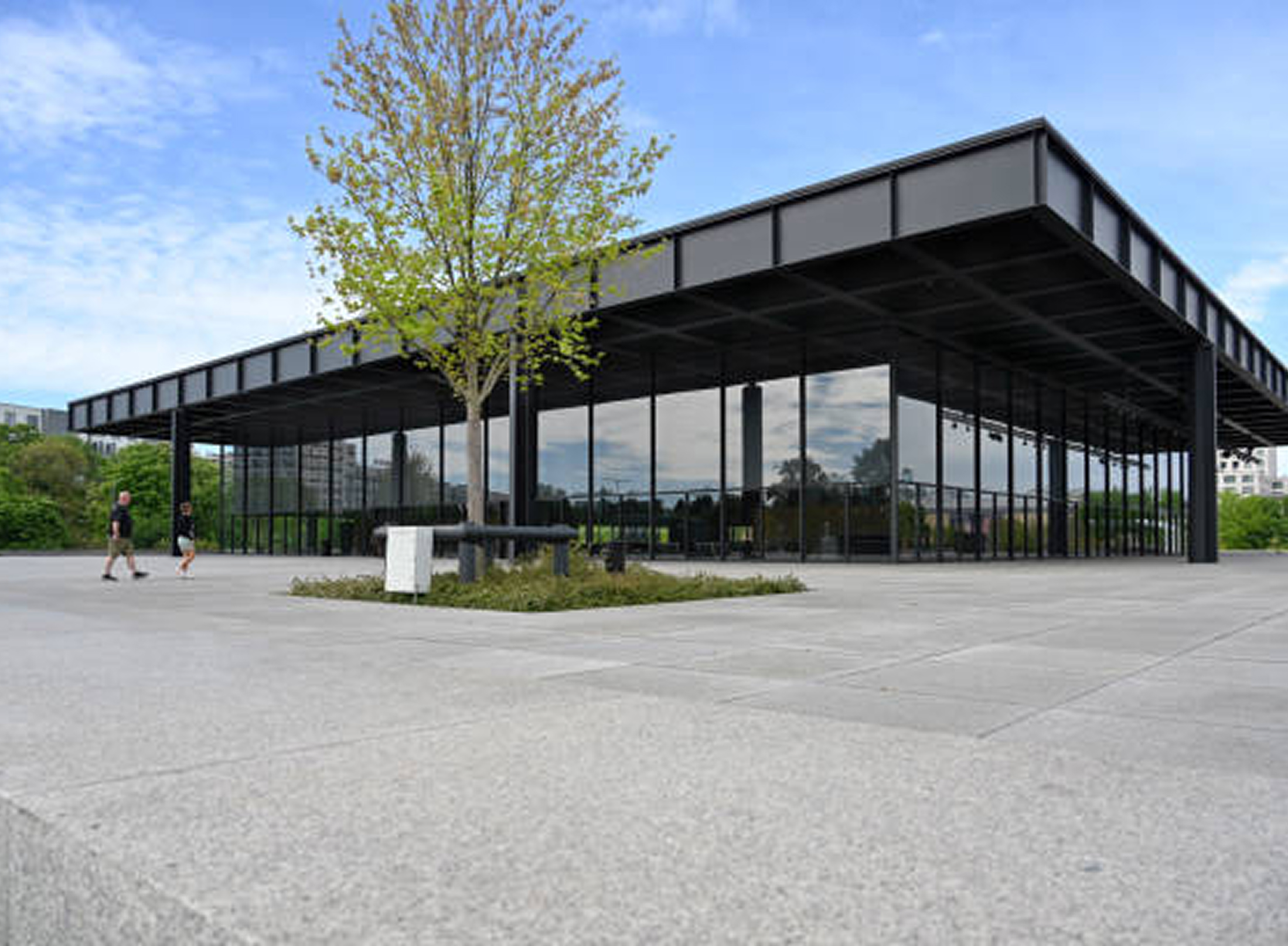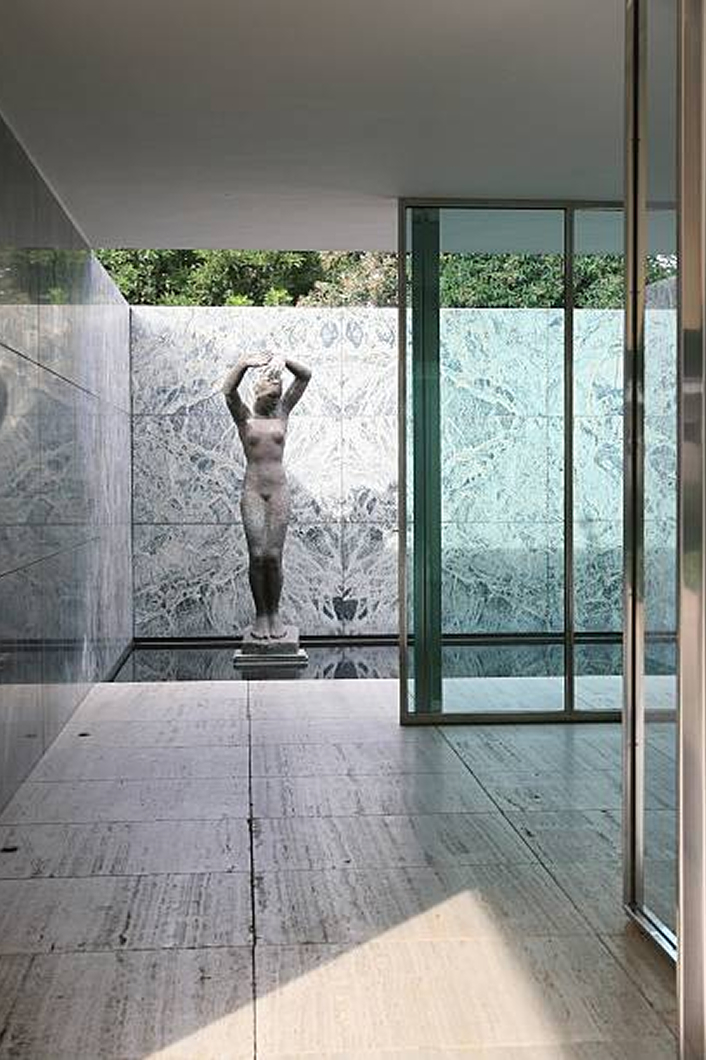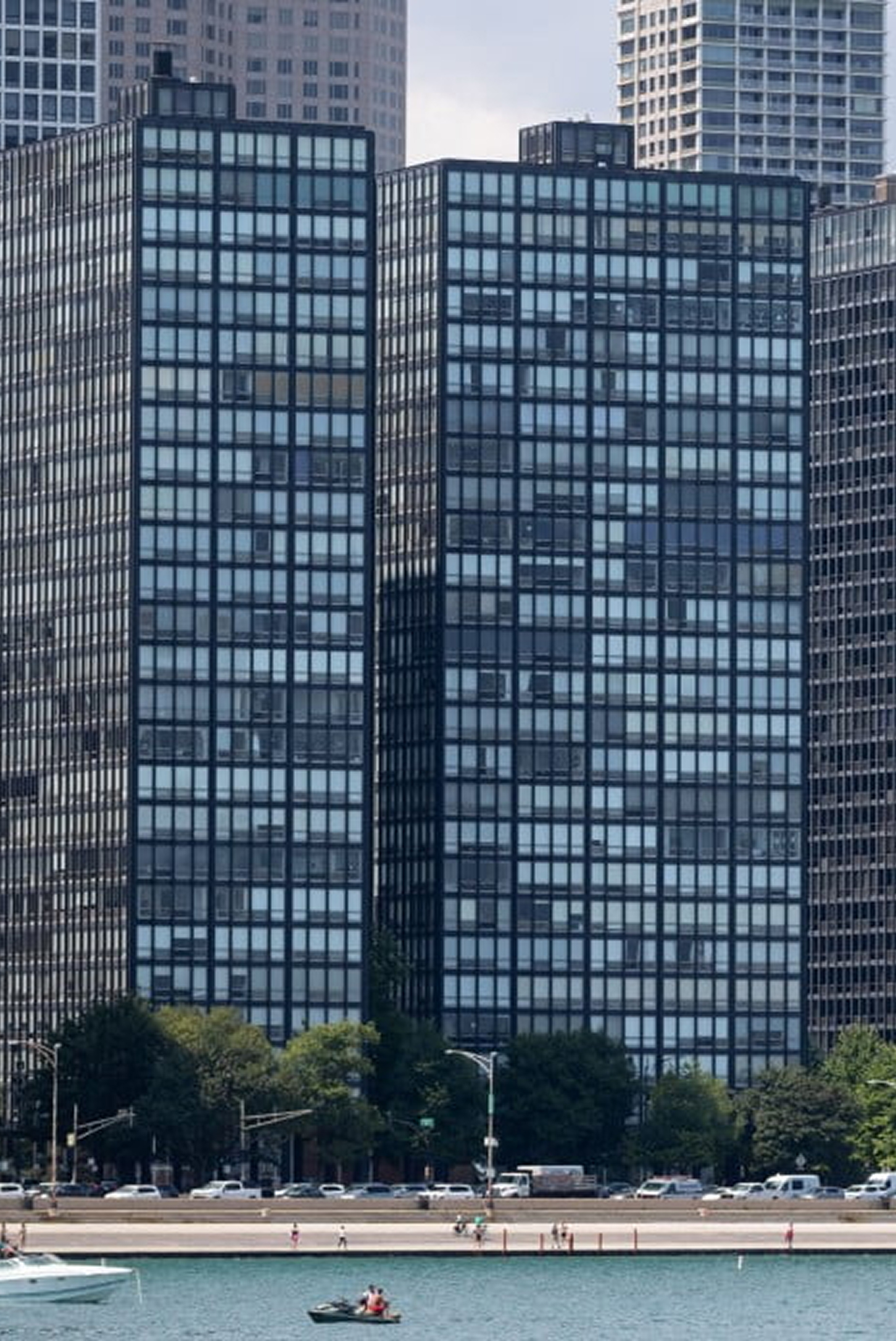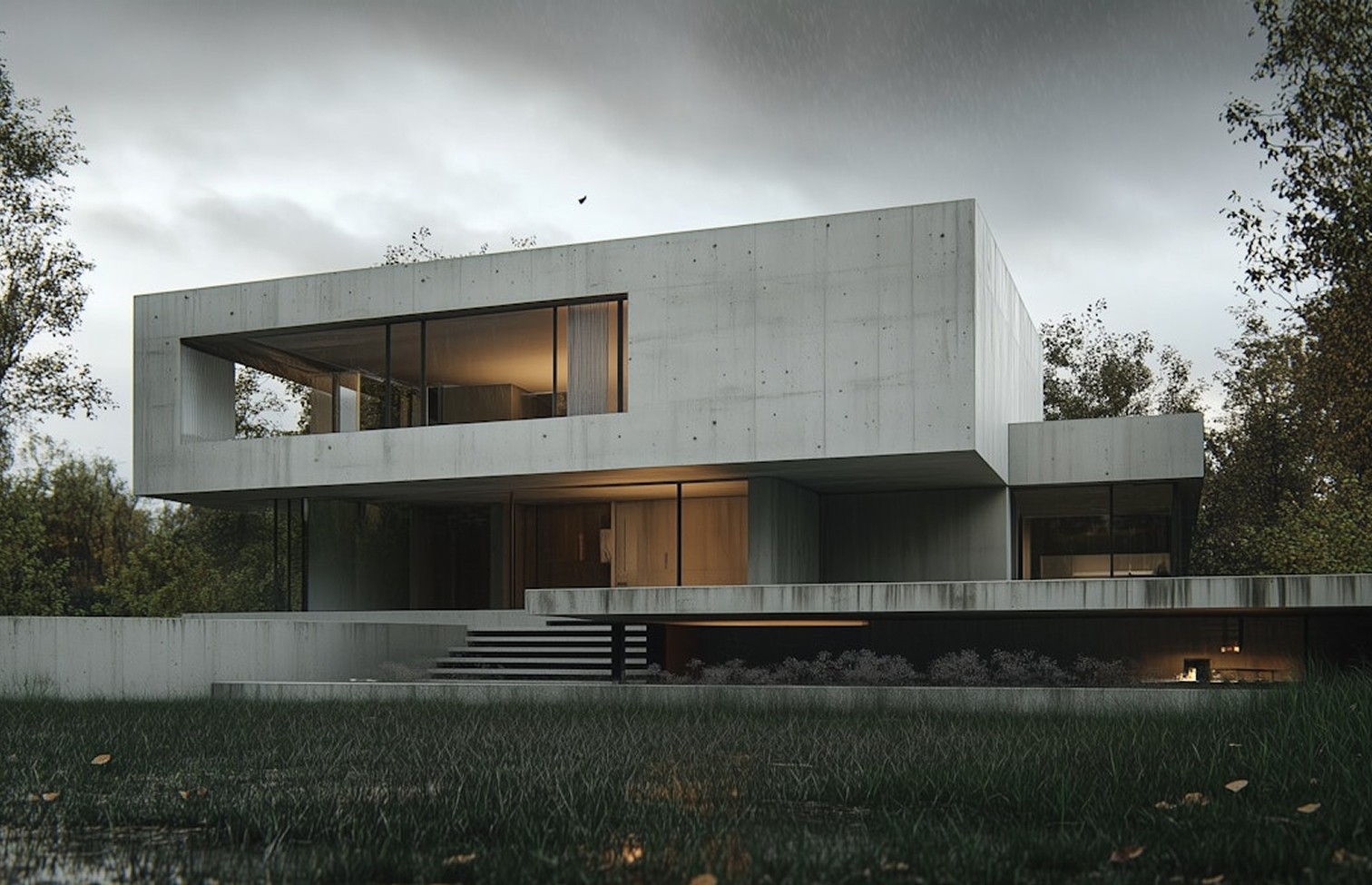About Ludwig Mies Work
Ludwig Mies van der Rohe — a legendary modernist architect.
-
Possibly a contemporary artist or designer with the name Kris, but there’s no famous figure combining
"Kris" with "van der Rohe" that matches major architectural records.
About Ludwig Mies
Architectural records
Inspired by the modernist era and local Croatian graphic design quirks—such as modified thin accents—we developed a stylistic set that can turn diacritics, punctuation, and even symbols into their thinner alternates
There is a substitute shape for the lowercase letter “a”, as well as options to place letters and numbers into squares and circles.
Designed with Lilly Reich for the 1929 International Exposition in Barcelona, this pavilion is a cornerstone of modern architecture. Its simple form, open plan, and luxurious materials like marble and travertine embody Mies’s ‘less is more’ philosophy. Demolished in 1930, it was reconstructed in 1986.
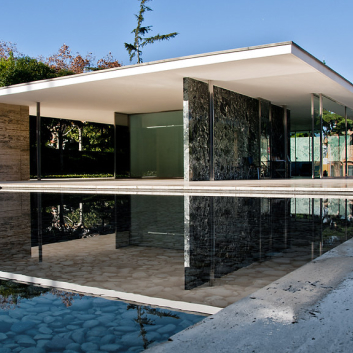
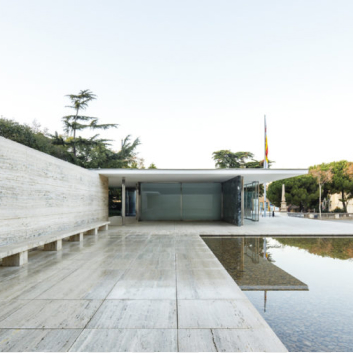
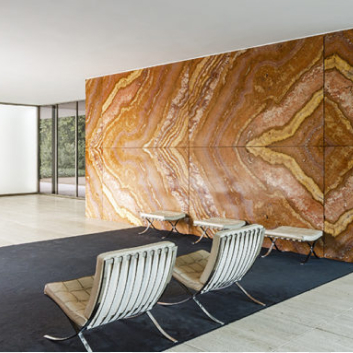
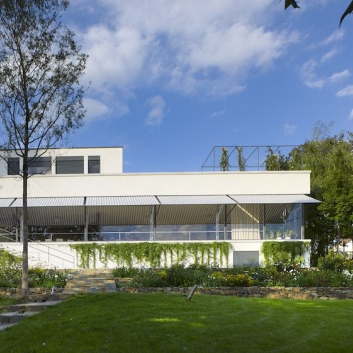
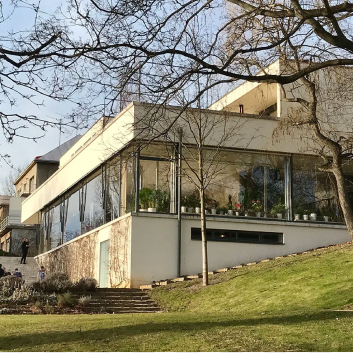
Located in Brno, Czech Republic, this UNESCO World Heritage Site showcases Mies’s functionalist approach. Its open interior, large glass windows, and innovative furniture, like the Tugendhat Chair, highlight his integration of space and design.
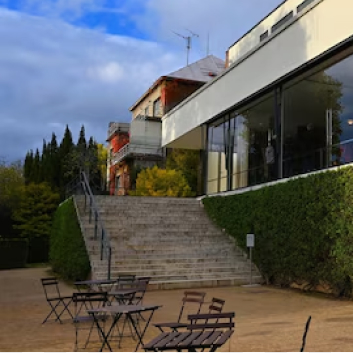
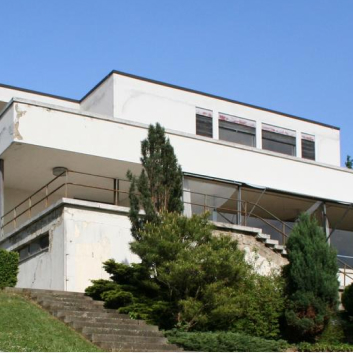
A New York City landmark, this 38-story skyscraper, designed with Philip Johnson, set the standard for modern high-rises with its steel frame and bronze-tinted glass curtain wall, reflecting Mies’s structural clarity.
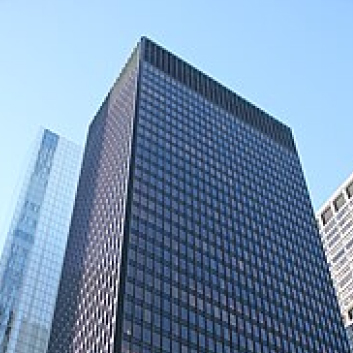


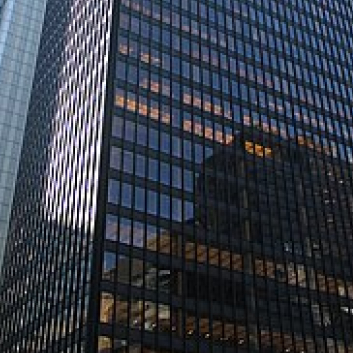
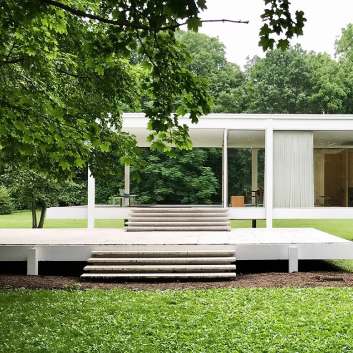
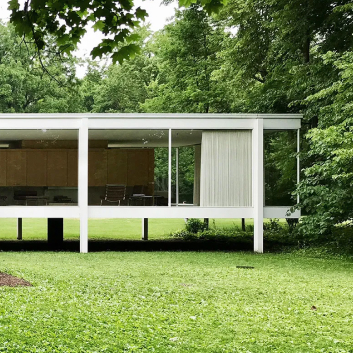
Built near Chicago for Dr. Edith Farnsworth, this transparent weekend retreat exemplifies Mies’s minimalist vision, blending seamlessly with its natural surroundings despite construction challenges.
His Journey
Mies van der Rohe: A Journey Through Early Life and Education
Born in 1886 in Aachen, Germany, Ludwig Mies van der Rohe was immersed in architecture from a young age. He studied under prominent architects and quickly developed a passion for modernist design. His education laid the foundation for his groundbreaking contributions to architecture, shaping the future of the field.
“Almost nothing.”
Ludwig Mies van der Rohe
Gallery


